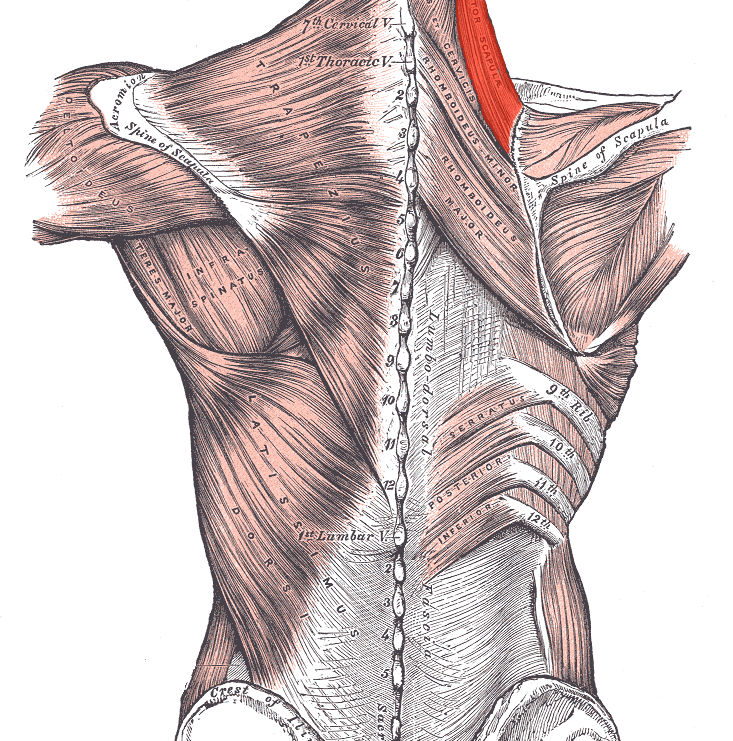
Today, we’re going to review some of the topics we look at during an assessment in regard to pitchers shoulder mobility as well the major players that can affect it. The four big guys are as follows:
-
- Shoulder
- Scapula
- T-Spine (Extension)
- Lumbo-Pelvic Control
Let’s review and discuss each and go over a handful of shoulder exercises that may be helpful for each segment.

1. Pitchers Shoulder
When assessing the pitcher’s shoulder, I generally view from the side and back to look for 180 degrees of OH arm movement without compensation. In young populations soft tissue quality, not the capsule, is generally the culprit. A big player here are the lats, responsible for internal rotation and adduction of the arm as well helping to decelerate the arm when being thrown into layback at foot plant. Soft tissue work and some corrective breathing can help keep excessive tone out of them and help throwers get overhead much more efficiently.
SMR – Lats
Deep Squat Breathing
2. Scapula
When talking about the scap, the elephant in the room is “upward rotation”. If we can’t upwardly rotate adequately (anywhere from 55-60 degrees) and efficiently, we’re usually going to impinge in the anterior portion of the shoulder as well as try to get the rest of the way there using all the wrong stuff (lower lumbar extension, upper trap dominance, etc.).
The role of the scap is to properly position the arm in the glenoid during movement. The most common cause of bad scapular positioning is an imbalance between tight upper traps and a weak lower traps / serratus. We can see this during the assessment when people having a dominant upper trap pattern tend to shrug to get overhead. Here are a couple great ways to wake up the serratus while calming down a cranky upper trap.
Band Serratus Jabs
Prone Trap Raise
3. T-spine Extension
Many times upward rotation isn’t only a matter of what’s happening at the shoulder and scap. A kyphotic (rounded) t-spine will put the scap in a disadvantageous position to move efficiently. The bottom line is, if you don’t have the ability to extend at the t-spine, you can’t efficiently posteriorly tilt and upwardly rotate the scap. This could be caused by joint issues in which case we would refer out, but if the culprit is muscular or soft tissue, we have got just the thing.
T-spine Extension
Bench T-spine Mob
4. Lumbo-Pelvic Control
Weak anterior core control can cause an athlete to go into his lower lumbar to get overhead, causing extension in lower back instead of good scapular movement. When assessing, view from the side and check for “cheating” (flared out ribs, extension in back) when the athlete is attempting to bring the arms overhead. Strengthening the core will give the thorax a good stable platform to allow the scap to move on instead of cranking into the lower back. Tall kneeling cable push presses are a great exercise to work on anterior core strength as well as resisting unwanted rotation in the lower lumbar.
Tall Kneeling Cable Push
With great pitchers shoulder mobility, it’s not about addressing one issue. Similar to the core, all systems need to be firing together.
See ya’ in the gym…
By Nunzio Signore (Owner at RPP Baseball)
You live too far to train with us in-house at RPP? You can now train with us on a REMOTE basis.


